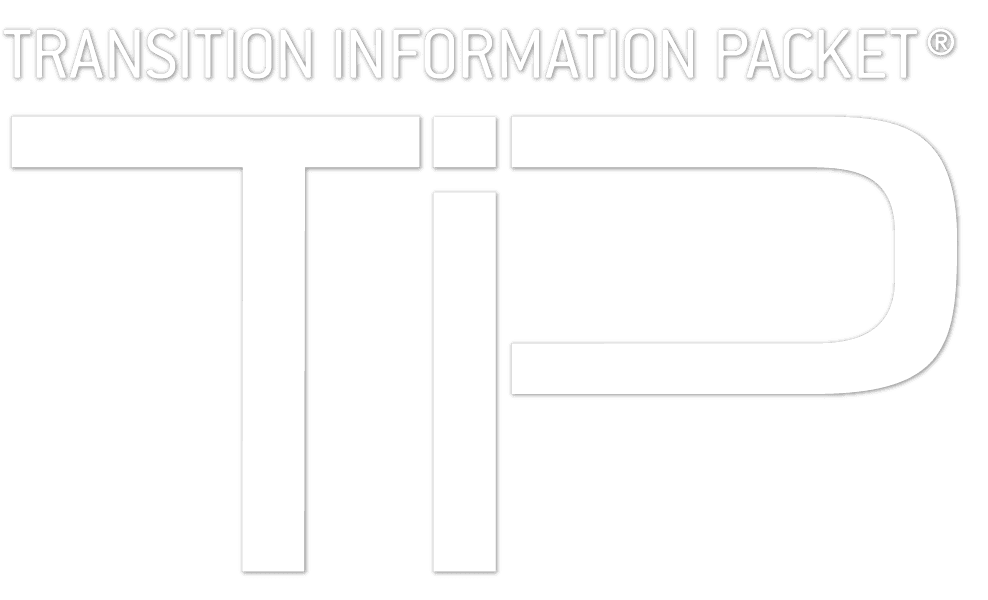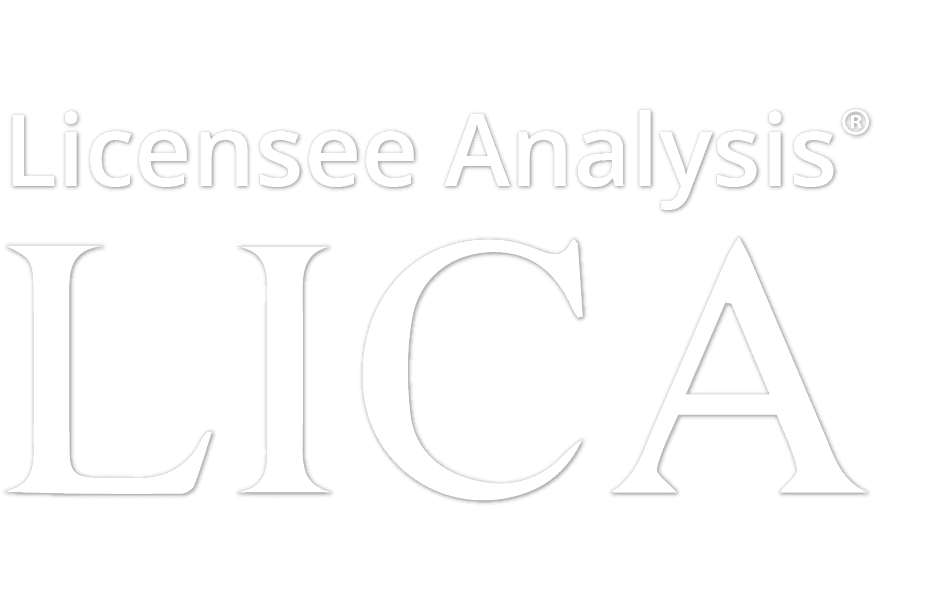Your partner in
technology commercialization
See what Dawnbreaker® can do for you
Click on a box below
From stoplight assessments, to customized market research reports, to in-depth competitor analyses and so much more, the highly skilled team at Dawnbreaker is here to help you understand all the nuances on your way to commercialization.
Whether you need trade show booth designs, marketing materials with pizzazz, an eye-catching website, or you want to build a new and exciting brand from scratch, our team of designers and programmers can expertly craft your new image with style.
Selecting and submitting an application to hire your own vendor through TABA is a choice many companies make. Dawnbreaker will provide you with everything you need in order to request a TABA as part of your proposal submission package.
-



















 Dawnbreaker has been monumental in the development of unique commercialization services that are
Dawnbreaker has been monumental in the development of unique commercialization services that are
responsive to each agency’s unique needs; provide effective business mentoring for the widest array of
SBIR/STTR awardees and provides lasting business lessons that extend beyond the SBIR/STTR program. -
 X
XThe SBIR program was introduced via
the Small Business Innovation Development
Act of 1982, an amendment to the Small
Business Act. No administrative funds were
made available for Agencies to implement
the program, nor were funds made available
to provide commercialization assistance. -
 X
XThe Department of Energy was the first agency
to provide commercialization assistance to SBIR
awardees (1990). Dr. Sam Barish and Mr. Ron
Toms were the programs’ champions. Using a
“tin cup” approach they gathered funds for the
first Phase II CAP. -
 X
XHaving been part of the intrapreneurial
experiment at a Fortune 500 company,
Dr. Servo knew the importance of having
metrics to demonstrate the impact of a
program. The metric selected was
Phase III $$$ secured within 18 months
of CAP completion. -
 X
XThe first CAP was small and focused on
assisting companies develop business plans
and bringing them together with potential
partners/investors. Dawnbreaker showcased
the companies at an Opportunity Forum®
and took the financial risk to cover venue
costs. On average 40% of program
participants secured Phase III funding
within 18 months. -
 X
XThe Small Business Research and Development
Enhancement Act of 1992 drew attention to
commercial potential, and allowed agencies
to spend no more than $4,000 per company
for commercialization assistance during
Phase I. The Small Business Technology
Transfer program was introduced in the
same year via the Small Business Technology
Transfer Act of 1992. -
 X
XDr. Kesh Narayanan and Mr. Joe Hennessey
were the champions for the NSF Phase I
Commercialization Planning Program which
began at NSF in 2000 with a focus on both
commercialization and training. -
 X
XAs NSF modified its requirements for the Phase II
Commercialization Plans that companies were to
include in their proposals, Dawnbreaker
continually modified its program to provide best
value. Innovations included the Virtual Strategic
Partner Introduction (VSPI), various market
research initiatives and webinars. -
 X
XThe Committee of Visitors noted
an improvement in the quality of
Phase II proposals submitted. -
 X
XThe Committee of Visitors noted
an improvement in the quality of
Phase II proposals submitted. -
 X
XThe commercialization process within
mission agencies is different than in the
private sector. This process referred to
as “transition” within DoD and “infusion”
within NASA requires an understanding
of the manner in which technology is
acquired, technology readiness levels,
test and evaluation, risk assessment
and protocols. -
 X
XMr. Vinnie Schaper, John Williams and
Steve Sullivan were the champions for
the Navy Transition Assistance Program,
while Gynelle Steele was the champion for
pilot program at NASA Glenn. This Phase II
program included the development of
Quad charts, narrative briefings, Phase III
Transition Plans, market research,
PowerPoint presentations and
participation in the Navy Opportunity
Forum.® In addition, Dawnbreaker
developed the newsletter referred to
as Transitions and developed
success stories. -
 X
XThe primary metric for success was Phase III
funding secured within 18 months. Other
metrics included the number of attendees at
the Navy Opportunity Forum and their ratings
of the event. Dr. Servo received a Tibbetts award
in 2002 based on work done with the Navy. -
 X
XLong term, clear differences were noted
in the rate of commercialization between
those that participated in the TAP and those
that didn’t. Those that participated in the
TAP were 30% more likely to be successful
in transition to Phase III. -
 X
XThe Small Business Innovation Research
Program Reauthorization Act of 2000
allowed companies to select their own
vendor to provide technical assistance
which could include access to a network
of scientists and engineers. This option
when selected by a company was referred
to as Discretionary Technical Assistance
and was an alternative to the agency
provided vendor. -
 X
XIn response to a 2015 solicitation from the
Department of Energy, Dawnbreaker
developed an extensive menu of services
for Phase I and Phase 2 awardees. The
menu of services was designed to provide
numerous alternatives to companies of
varying degree of sophistication. -
 X
XWith a shift to providing many service
options, concurrent with the move away
from the government sponsored events
where one could bring partners/investors
and companies together – process metrics
were collected, which indicated the degree
of satisfaction the small business had with
the services provided -
 X
XThe SBIR/STTR Reauthorization Act of 2011
drew attention to the need to improve the
efforts to engage women, minorities and
companies in underrepresented states in
the SBIR/STTR program. -
 X
XMr. Manny Oliver and Christopher O’Gwin
from the Department of Energy were the
champions for this initiative. -
 X
XMetrics include the number of participants
that submit proposals developed with
Dawnbreaker’s assistance and the
percentage of those that win an award.
Variations on this program have been
piloted with NIH and USDA. -
 X
XTo increase the reach of the SBIR/STTR
programs, Train the Trainer (TTT) services
were developed and provided to the
networks of service providers including
Small Business Development Centers
(SBDC), Procurement Technical Assistance
Centers (PTAC) and incubators.


























